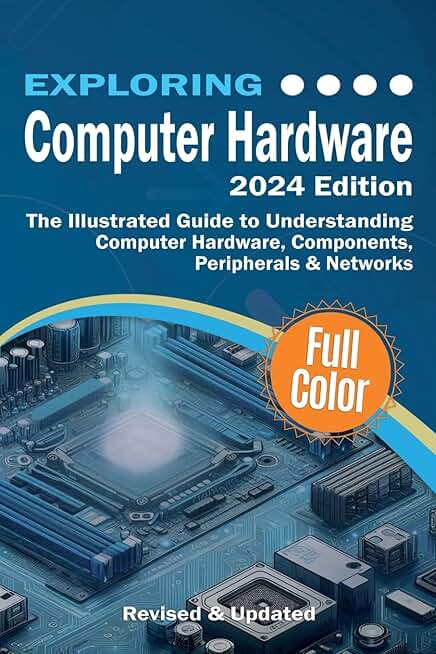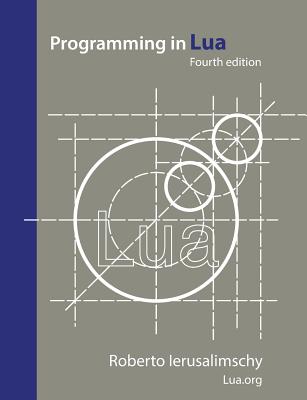Intermediate Java 7 and OO Development Training in Albany
|
We offer private customized training for groups of 3 or more attendees.
|
||
Course Description |
||
| Intermediate Java and OO Development is a fast paced, 5 - day course
suitable for programmers with some previous experience in working with
Java and Object - Oriented (OO) programming. It includes a short review
of basic Java concepts, and then moves on to a comprehensive coverage of
more advanced topics in Java and OO programming to provide participants
with a strong grounding in using Java in a sophisticated and productive
manner. This course goes well beyond the basics of Java and OO
programming and cov ers important topics such as composition,
inheritance, polymorphism, interfaces and exceptions, which are all key
to creating well - structured OO systems using Java. After coverage of
these important areas, it moves on to more advanced topics such as JDBC
( for database access), the Java Collections Framework - including the
generics capabilities introduced in Java 5, Java I/O, assertions, inner
classes, and the reflection API. Finally it covers useful tools for day
- to - day programming such as ant, JUnit and v arious logging
frameworks. This course covers far more than an introductory course, and
provides participants with a comprehensive understanding of how to use
Java's advanced capabilities in a more sophisticated manner. It teaches
a number of useful techn iques that enhance productivity and good system
design - which Java programmers may otherwise take years to absorb on
their own.
Course Length: 5 Days
Course Tuition: $2250 (US) |
||
Prerequisites |
|
| Programmers with some previous experience in working with Java a nd Object - Oriented (OO) programming. | |
Course Outline |
|
1. Getting Started |
Course Directory [training on all levels]
- .NET Classes
- Agile/Scrum Classes
- AI Classes
- Ajax Classes
- Android and iPhone Programming Classes
- Azure Classes
- Blaze Advisor Classes
- C Programming Classes
- C# Programming Classes
- C++ Programming Classes
- Cisco Classes
- Cloud Classes
- CompTIA Classes
- Crystal Reports Classes
- Data Classes
- Design Patterns Classes
- DevOps Classes
- Foundations of Web Design & Web Authoring Classes
- Git, Jira, Wicket, Gradle, Tableau Classes
- IBM Classes
- Java Programming Classes
- JBoss Administration Classes
- JUnit, TDD, CPTC, Web Penetration Classes
- Linux Unix Classes
- Machine Learning Classes
- Microsoft Classes
- Microsoft Development Classes
- Microsoft SQL Server Classes
- Microsoft Team Foundation Server Classes
- Microsoft Windows Server Classes
- Oracle, MySQL, Cassandra, Hadoop Database Classes
- Perl Programming Classes
- Python Programming Classes
- Ruby Programming Classes
- SAS Classes
- Security Classes
- SharePoint Classes
- SOA Classes
- Tcl, Awk, Bash, Shell Classes
- UML Classes
- VMWare Classes
- Web Development Classes
- Web Services Classes
- Weblogic Administration Classes
- XML Classes
Java Programming Uses & Stats
|
Difficulty
|
Popularity
|
Year Created 1995 |
|
Pros
Most Commonly Used:
Great Career Choice:
Android Apps Development:
It Can Run On Any Platform:
Great Supporting IDE's: |
Cons
Uses a Lot of Memory:
Difficulty in Learning:
Slow Start Up Times:
Verbose and Complex Code:
Commercial License Cost: |
| Java Programming Job Market |

Average Salary
|

Job Count
|

Top Job Locations
New York City |
|
Complimentary Skills to have along with Java Programming
- If you are an experienced Java developer, learning a complimentary language to Java should come much more naturally. As an example JetBrains recently created the Kotlin programming language which is officially supported by Google for mobile development. Kotlin compiles to Java bytecode and runs on the JVM; it's purported to address many of Java's shortcomings... |






